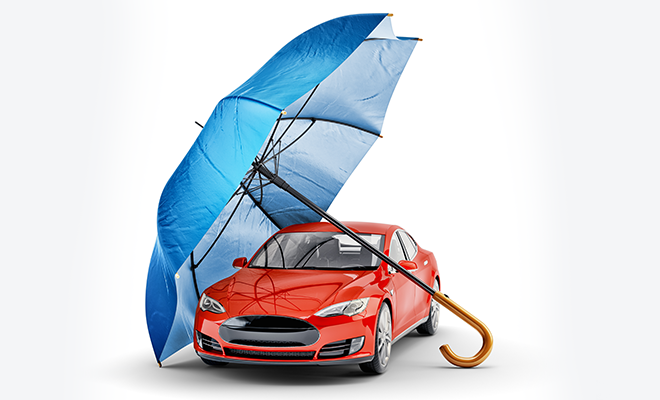
Auto Financing vs. Auto Leasing: Which Path to Choose?
When it comes to acquiring a vehicle, two primary options stand out: auto financing and auto leasing. Each approach has distinct features, advantages, and considerations. Let’s explore the differences:
Auto Financing (Car Loan)
- Ownership:
- Car financing involves taking out a loan to purchase the vehicle.
- You legally own the car from day one.
- The car acts as collateral for the loan.
- Down Payment:
- Requires an initial down payment.
- The down payment amount varies based on the car’s price and financing terms.
- Monthly Payments:
- Repay the loan through Equated Monthly Installments (EMIs).
- EMI includes both principal and interest.
- Long-Term Commitment:
- Financing is ideal for long-term ownership.
- You build equity in the car over time.
- Customization:
- You can modify or personalize the car as desired.
- End of Term:
- After completing the loan tenure, you fully own the car.
Auto Leasing
- Usage Model:
- Leasing is akin to renting a car.
- You pay a monthly fee to use the vehicle during the lease term.
- Ownership:
- You do not own the car; it remains property of the leasing company.
- At the end of the lease, you return the car.
- Down Payment:
- Typically, no substantial down payment is required.
- Monthly lease payments cover usage costs.
- Short-Term Commitment:
- Ideal for short-term needs (e.g., 2–3 years).
- Not suitable for long-term ownership.
- Maintenance and Insurance:
- Leasing firms handle maintenance and insurance.
- You avoid unexpected repair costs.
- Flexibility:
- Can switch to a different car after the lease ends.
Which Is Right for You?
- Auto Financing: Choose this if you seek long-term ownership, customization, and equity buildup.
- Auto Leasing: Opt for leasing if you prefer flexibility, lower upfront costs, and hassle-free maintenance.
Remember, both options have pros and cons. Assess your priorities, financial situation, and usage needs to make an informed decision.








